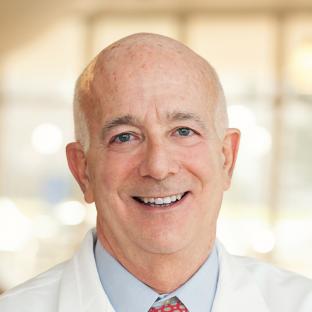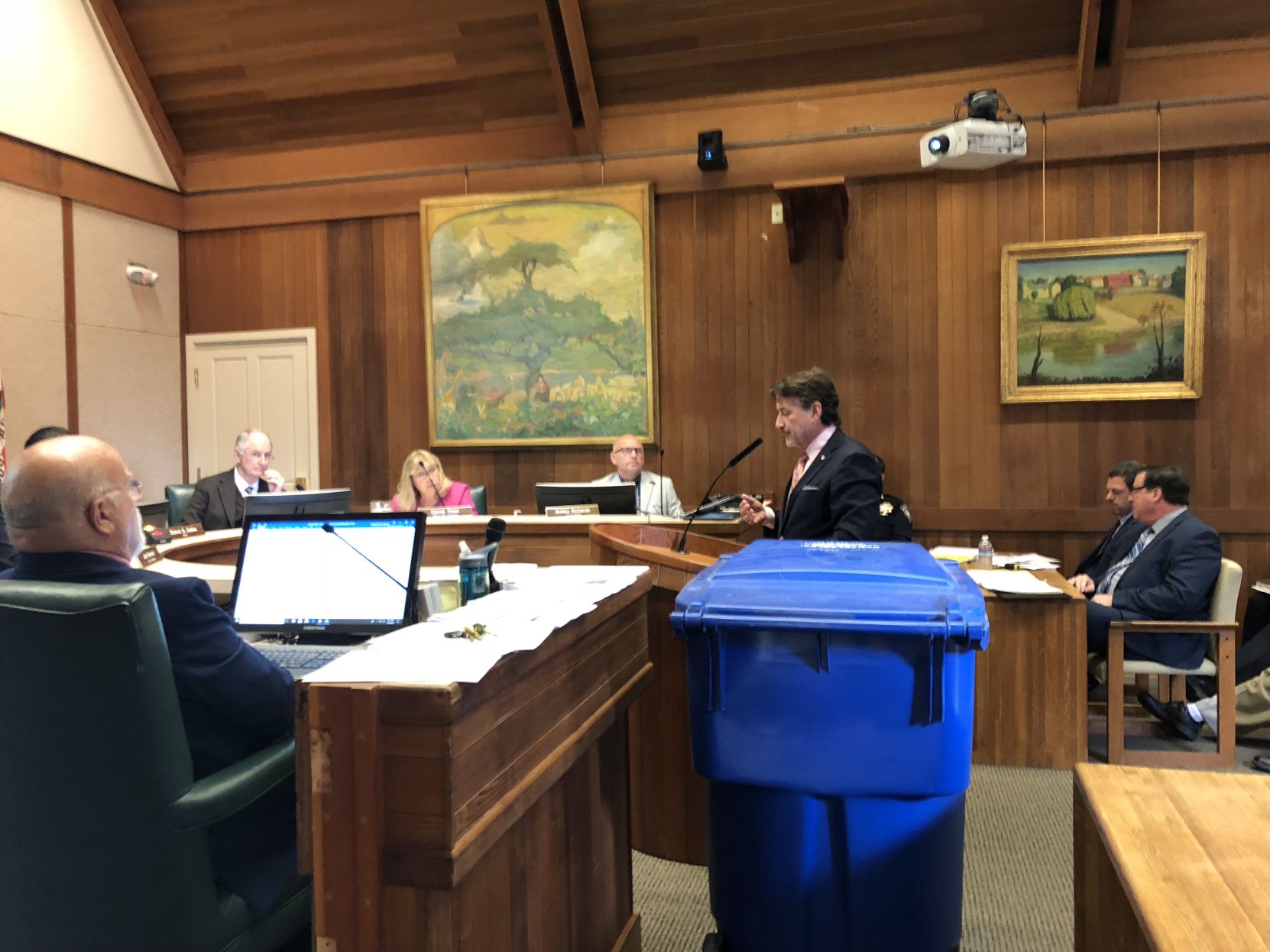
To construct a vector with a regulatable """"""""switch"""""""" to control vector-mediated enkephalin expression in vivo.

To define the duration and dose-response characteristics of the vector-mediated analgesic effect. These studies are designed to overcome the barriers that stand between preclinical proof-of-principle experiments and the development of a treatment for the human disease, and to create novel vectors to enhance gene therapy for specific types of pain.
#DAVID FINK GENE THERAPY SWEDISH COMPANY SERIES#
In response to the RFA, we propose a series of studies to investigate the hypothesis that HSV-mediated gene transfer to the DRG may be used to treat chronic pain. The preclinical data for this novel approach to the treatment of pain is compelling. The effect is local, synergistic with morphine, and persists despite tolerance to morphine. We have demonstrated that HSV based vectors can be used to transduce neurons of the DRG to achieve an antinociceptive effect in models of inflammatory pain, neuropathic pain, and pain resulting from tumor in bone. Herpes simplex virus (HSV) naturally targets with high efficiency to neurons of the dorsal root ganglion (DRG) from peripheral inoculation.

But chronic pain, often disabling and refractory to treatment, represents a difficult medical problem with enormous societal impact. Ph.D., Neuroscience, Field Neurosciences Institute of Restorative Neurology, 2013ī.A.Pain is a subjective experience with affective and cognitive components, an """"""""unpleasant sensory and emotional experience associated with actual or potential tissue damage that serves an essential role in alerting an individual to potentially harmful stimuli in the environment"""""""". Kirchstein NRSA Postdoctoral Scholar, Institute for Regenerative Cures, Stem Cell Program, 2016 University of California, Davis, Medical Center, Stem Cell Program These platforms can turn on or enhance transcription of a gene, transcriptionally silence expression, cause permanent epigenetic changes, or remove a piece of DNA via targeted double stranded breaks essentially allowing for custom modifications to be made at the genomic level. They have used known information regarding JHD and CDKL5 deficiency to guide construction of potent, precise gene modifying modalities- CRISPR/Cas9 and TALE.
#DAVID FINK GENE THERAPY SWEDISH COMPANY HOW TO#
These goals specifically address: A) how to deliver these potent therapeutics to maximize the biodistribution in the central nervous system B) how to increase the specificity of each construct to limiting off-target effects and C) how to minimize the immune response to increase safety and the therapeutic potential of this approach. His current research focuses on two major goals 1) The therapeutic application of transcription activator-like effector (TALE) and clustered regularly interspaced short palindrome repeats (CRISPR) to modify gene expression in genetically-linked pediatric neurological diseases and 2) the development of delivery systems that can safely and efficaciously target the central nervous system with our novel gene editing platforms. His team builds on the existing strengths and expertise at UC Davis and utilizes the necessary resources to develop a therapeutic pipeline in which precision medicine can be used to identify novel disease causing genetic variants to advance Precision Neurotherapeutics to clinical applications. Patient-derived samples can be used to create in vitro neuronal disease-in-a-dish models using novel induced neuron techniques.

Gene variants linked to disease phenotype are examined for “actionable domains” for which we create therapeutic artificial transcription factors. His lab is identifying candidate sequences through whole genome sequencing and transcriptomics using a bioinformatics approach for structural variation discovery and genotyping that identify underlying common genetic variants. His research team focuses on genetically-linked neurological disorders such as CDKL5 deficiency (rare intractable pediatric epilepsy), Angelman’s Syndrome, and Huntington’s disease that are targetable with gene editing molecules in addition to some forms of brain cancer. He has focused on therapeutic development for neurodegenerative diseases, brain injury, and some forms of brain cancer. in Neuroscience from Central Michigan University and the University of Nantes.


 0 kommentar(er)
0 kommentar(er)
